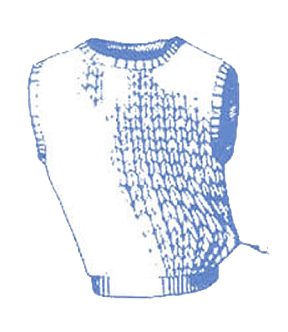Frequently Asked Questions
How long will it take to get better?
It is recommended that follow-up treatment is received as soon as possible after the initial treatment to continue with the progress made. The longer the problem has existed, the longer it may take to resolve. Because the goal is to release often long-held fascial restrictions and restore an active, pain-free lifestyle, a minimum of two times per week is the initial recommended treatment.
Who should be treated using Myofascial Release Therapy?
Although everyone can benefit from MFR, some common conditions addressed include:
Acute and chronic neck and back pain
Muscle cramps, spasm, or strains
Headaches/migraines
Thoracic Outlet Syndrome
Scoliosis
Fibromyalgia
Sciatica
Carpal Tunnel Syndrome
TMJ Syndrome
Whiplash
Sports Injuries
Pregnancy and postnatal pain
Pelvic and hip pain
Scar Tissue Adhesions
Mastectomy scars
Emotional and stress related pain
How much treatment will I need?
There is no set number of treatments as it varies with each individual’s needs. Results are often seen immediately following the first treatment. Goals of this therapy include assisting the client in learning self-treatment techniques, as well as education in body mechanics and postural awareness.
Do you treat children?
Yes. Myofascial Release is a powerful tool to address the unique needs of children with sensory, behavioral, attention, and attachment challenges. Often times these techniques are also helpful in treating chronic symptoms which seem to be vague in origin and have not responded to standard treatments, such as chronic abdominal pain, headaches, fatigue, and insomnia.
Can this help me as an athlete, even if I’m not injured?
Yes, because postural imbalances affect performance and can eventually lead to injury. Consider the effect of restrictions on a runner’s gait, or the swing of a golfer or tennis player: range of motion is limited, power is decreased, the body is required to work harder, and alternate musculature is recruited to overcome these inefficiencies. Over time, these alternate areas of the body compensate, and they in turn become tighter and more injury-prone, creating another layer
of problems in a self-perpetuating cycle. The Myofascial Release approach finds each of these compensatory layers throughout the body, and corrects posture to increase range of motion, flexibility, power and efficiency. In addition, the emphasis on developing focused physical awareness during treatment increases the athlete’s ability to center and maintain physical awareness during athletic performance.

